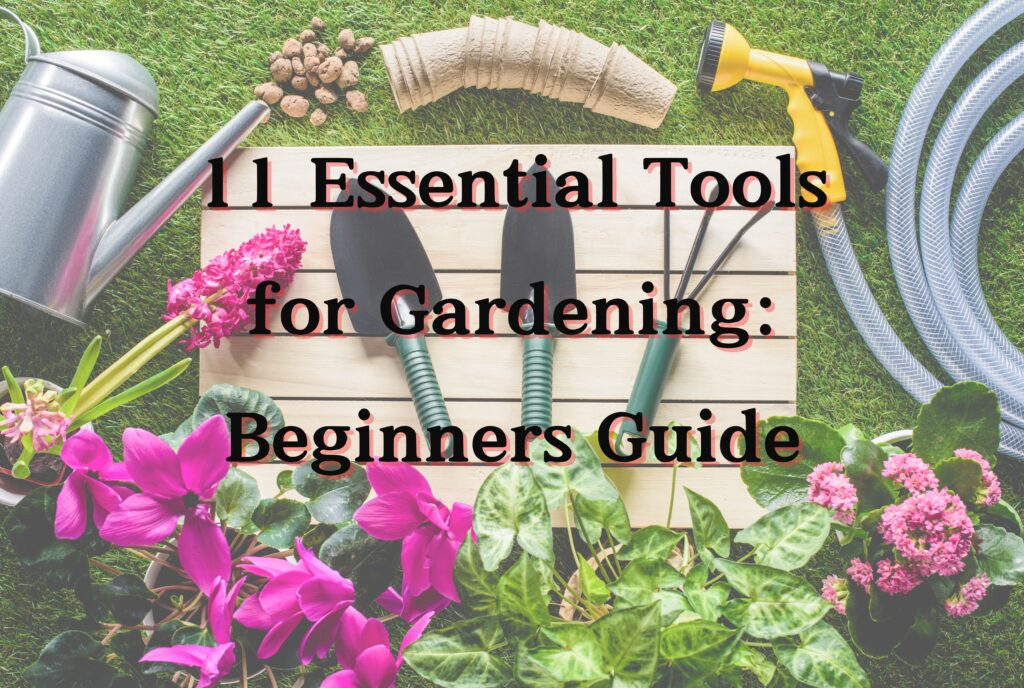Table of Contents
Gardening is a rewarding hobby that allows you to connect with nature, improve your mental well-being, and enjoy the fruits (and vegetables) of your labor. For beginners, the array of tools available can be overwhelming. However, having the right tools can make the process more enjoyable and efficient. This guide will introduce you to 11 essential gardening tools that every novice gardener should have. These tools will help you prepare the soil, plant seeds, maintain your garden, and harvest your crops with ease.
1) Hand Trowel
The hand trowel is a quintessential gardening tool, essential for a variety of tasks such as digging, planting, and weeding. Its compact, scoop-shaped blade, typically made from durable materials like stainless steel or carbon steel, allows for precision work in confined spaces like container gardens and densely planted beds. Ergonomically designed handles provide a comfortable grip, reducing hand fatigue during extended use. Whether you are transplanting delicate seedlings, mixing soil amendments, or removing stubborn weeds, the hand trowel’s versatility and ease of use make it an indispensable tool for both novice and experienced gardeners. Investing in a high-quality hand trowel ensures reliable performance and longevity, making your gardening efforts more efficient and enjoyable.
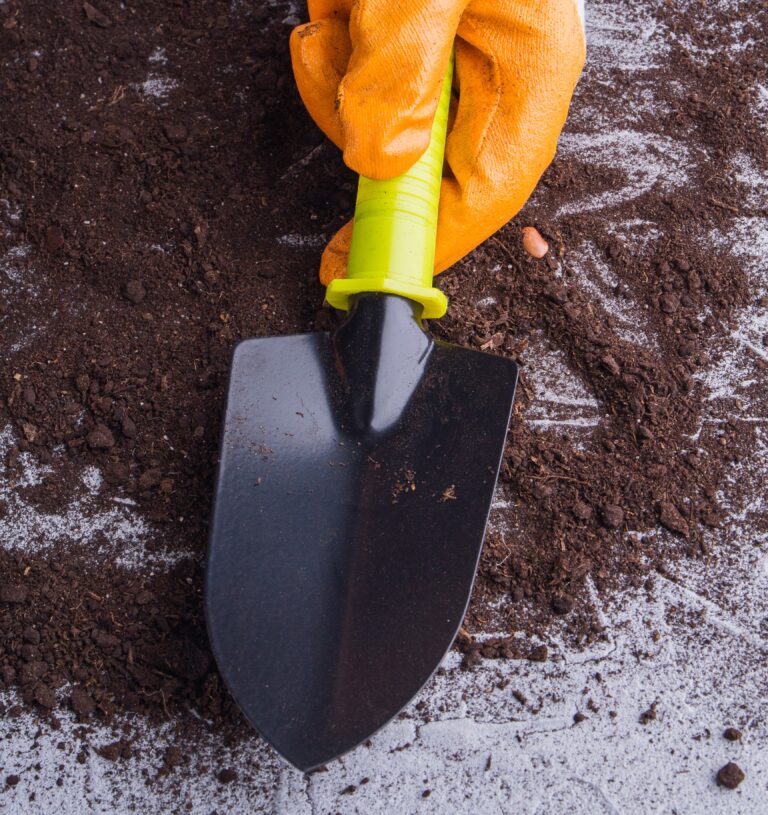
2) Pruning Shears
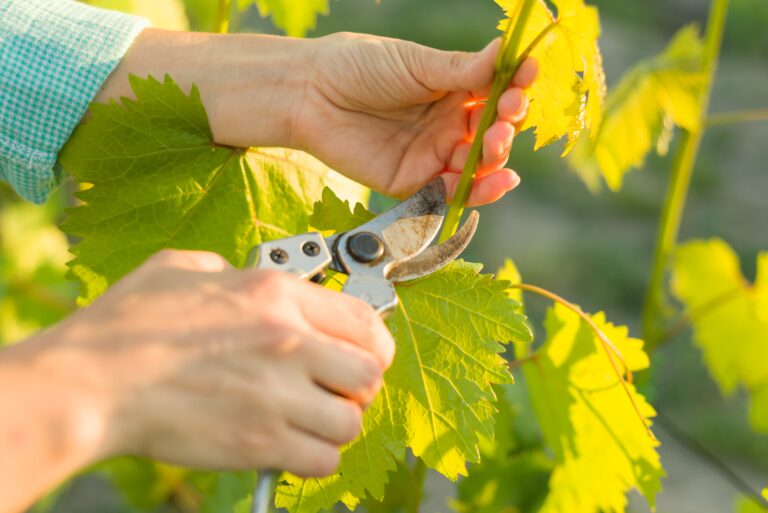
Pruning shears, or secateurs, are essential for trimming and shaping plants. They help keep your plants healthy by removing dead or diseased branches and promoting new growth. Look for a pair with sharp blades and ergonomic handles to reduce hand fatigue. Bypass pruners are ideal for live plant material as they provide a clean cut, whereas anvil pruners are better for dead wood. Regular maintenance, such as cleaning and sharpening the blades, will extend their lifespan. Pruning shears come in various sizes, so choose one that fits comfortably in your hand and matches the types of plants in your garden.
3) Garden Fork
A garden fork is useful for loosening, lifting, and turning soil. Its sturdy tines can break up compacted soil, making it easier for plant roots to penetrate and access nutrients. A garden fork is also helpful for mixing compost or turning over mulch. When choosing a garden fork, consider the handle length and material, as well as the number and spacing of the tines. A fork with a D-handle provides better control and leverage. Garden forks are also versatile for digging up root vegetables like potatoes and carrots without damaging them.
4) Hoe
A hoe is a versatile tool used for weeding, cultivating, and shaping soil. Its flat blade is ideal for breaking up soil clumps, removing weeds, and creating furrows for planting seeds. Choose a hoe with a comfortable handle and a blade suited to your gardening needs. There are different types of hoes, such as draw hoes for breaking ground and scuffle hoes for surface weeding. Each type serves a specific purpose, so select one that matches your primary tasks. For example, a collinear hoe with a narrow blade is excellent for precision weeding in tight spaces between plants.
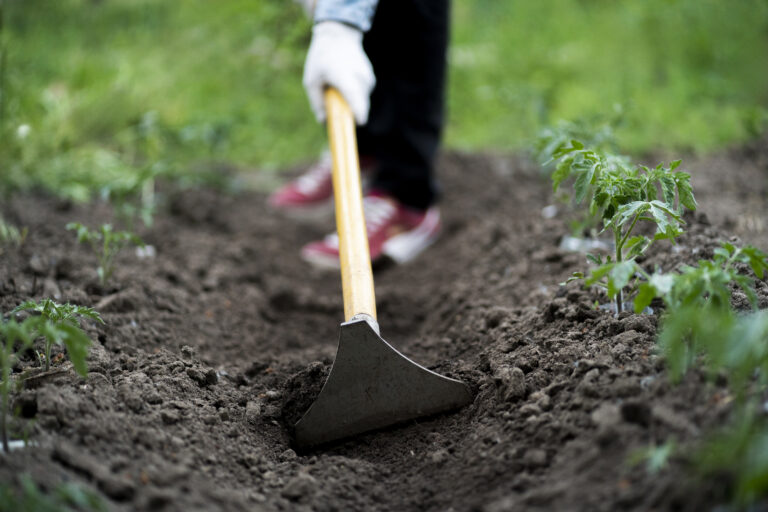
5) Watering Can
A watering can is essential for keeping your plants hydrated, especially in areas where a hose might not reach. Look for a watering can with a long spout for precise watering and a removable rose (sprinkler head) for versatility. Metal watering cans are durable and often aesthetically pleasing, while plastic ones are lightweight and less prone to rust. Consider the capacity of the watering can; a larger can reduces the frequency of refills but may be heavier to carry. A well-balanced watering can helps minimize strain on your wrist and arm during use.
6) Garden Rake
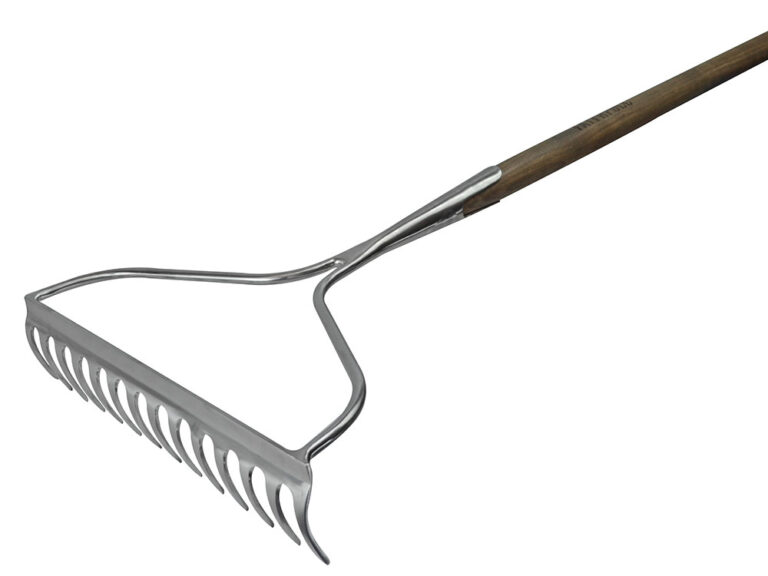
A garden rake is used for leveling soil, removing debris, and spreading mulch. Its wide head and sturdy tines make it easy to gather leaves, grass clippings, and other garden waste. A rake with an adjustable handle can provide added comfort and convenience. There are different types of rakes, such as leaf rakes for lightweight debris and bow rakes for heavier tasks like soil preparation. Ensure the rake you choose matches the specific needs of your garden. Bow rakes are particularly effective for breaking up and smoothing out soil in preparation for planting.
7) Wheelbarrow
A wheelbarrow is indispensable for transporting soil, compost, plants, and other heavy materials around your garden. Look for a wheelbarrow with a sturdy frame, pneumatic tires, and a comfortable grip to make your gardening tasks easier. The size and weight capacity of the wheelbarrow should match your typical gardening tasks. Two-wheel wheelbarrows offer more stability, while single-wheel versions provide better maneuverability in tight spaces. When selecting a wheelbarrow, consider the type of terrain in your garden; pneumatic tires are better for rough or uneven ground.
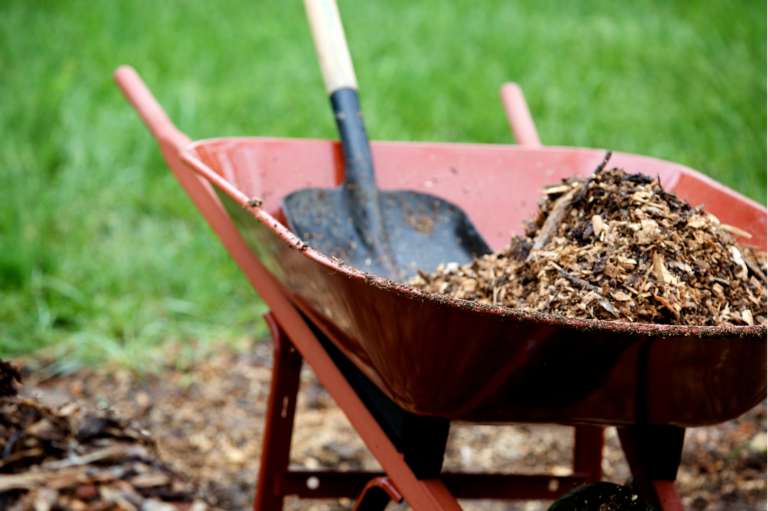
8) Garden Gloves
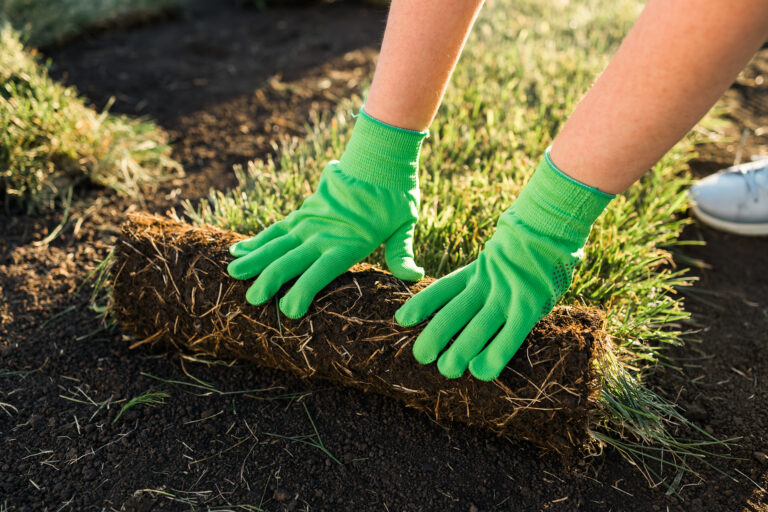
Garden gloves protect your hands from dirt, thorns, and blisters. Choose gloves made from durable, breathable materials with a good grip. They should fit snugly but allow for flexibility and dexterity. Leather gloves offer excellent protection and durability, while fabric gloves with rubberized palms provide better grip and flexibility. Having multiple pairs for different tasks, such as heavy-duty work and delicate planting, can be beneficial. Gloves with reinforced fingertips and padded palms provide extra protection and comfort during prolonged use. If you’d like to explore more about garden gloves, read our blog 10 Best Gardening Gloves: Full Scale Analysis.
9) Garden Hose with Adjustable Nozzle
A garden hose with an adjustable nozzle is essential for watering large areas of your garden. The adjustable nozzle allows you to control the water flow and pressure, making it suitable for different types of plants and gardening tasks. Hoses come in various lengths and materials; rubber hoses are durable but heavy, while vinyl hoses are lighter but less robust. A hose reel can help keep your garden tidy and prevent kinks and tangles. Consider a hose with a durable, kink-resistant construction to ensure longevity and ease of use.
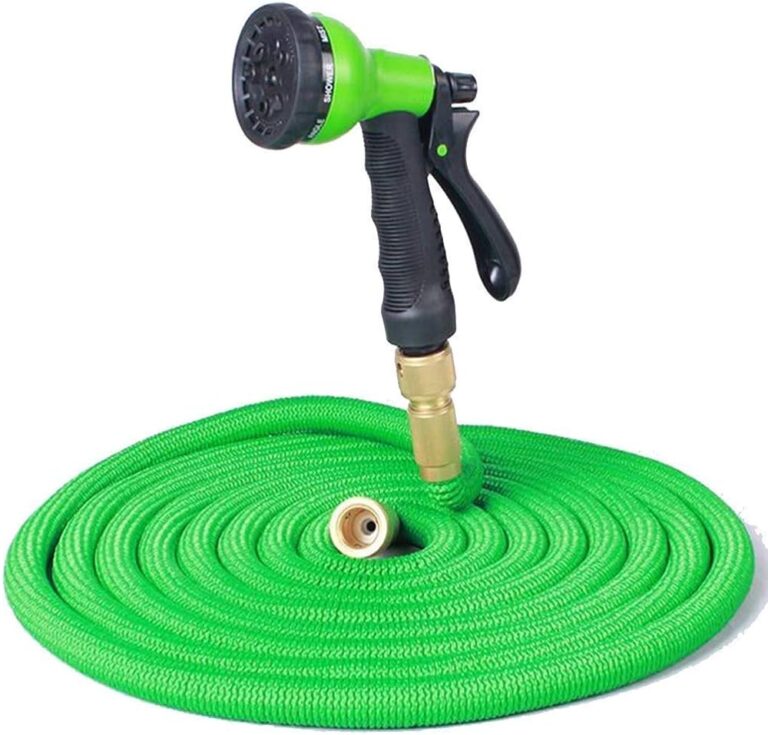
10) Spade
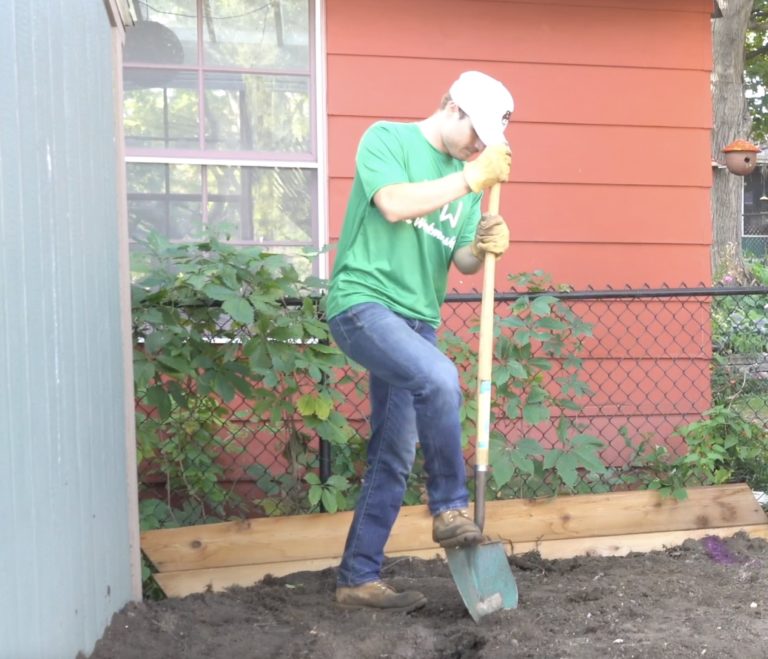
A spade is a versatile digging tool with a flat, square blade. It’s perfect for digging holes, edging, and moving soil. Choose a spade with a durable blade and a comfortable handle to make your gardening tasks easier. Spades with D-handles offer better control and leverage, while those with long handles provide more power for digging. Consider the blade size and material; stainless steel blades resist rust and maintain sharpness longer. The flat edge of a spade is also ideal for creating clean, straight edges along garden beds and pathways.
11) Garden Kneeler and Seat
A garden kneeler and seat combo can provide comfort and support while you work. It allows you to kneel comfortably when planting or weeding and can be flipped over to serve as a seat when you need a break. Look for one with sturdy construction and cushioning. Some models also feature pockets or pouches for holding tools, keeping them within easy reach as you move around your garden. A garden kneeler with a foldable design offers easy storage and portability, making it convenient for use in different areas of your garden.
Conclusion
Starting your gardening journey with the right tools can make a world of difference. These 11 essential gardening tools will help you tackle various tasks, from planting and weeding to watering and harvesting. Investing in quality tools will not only make gardening more enjoyable but also ensure that your plants thrive. Remember, gardening is a learning process, and as you gain experience, you may find additional tools that suit your specific needs. Happy gardening! If you’d like to explore more about perennials planting and gardening costs, read our blog 12 Most Popular Perennials to Plant in your Garden and How Much Does a Gardener Cost in 2024?. For more detailed information and tailored advice, visit our page on weed pulling services. For support on your next weeding project, please feel free to reach out through our contact form, and our team will be happy to help.



